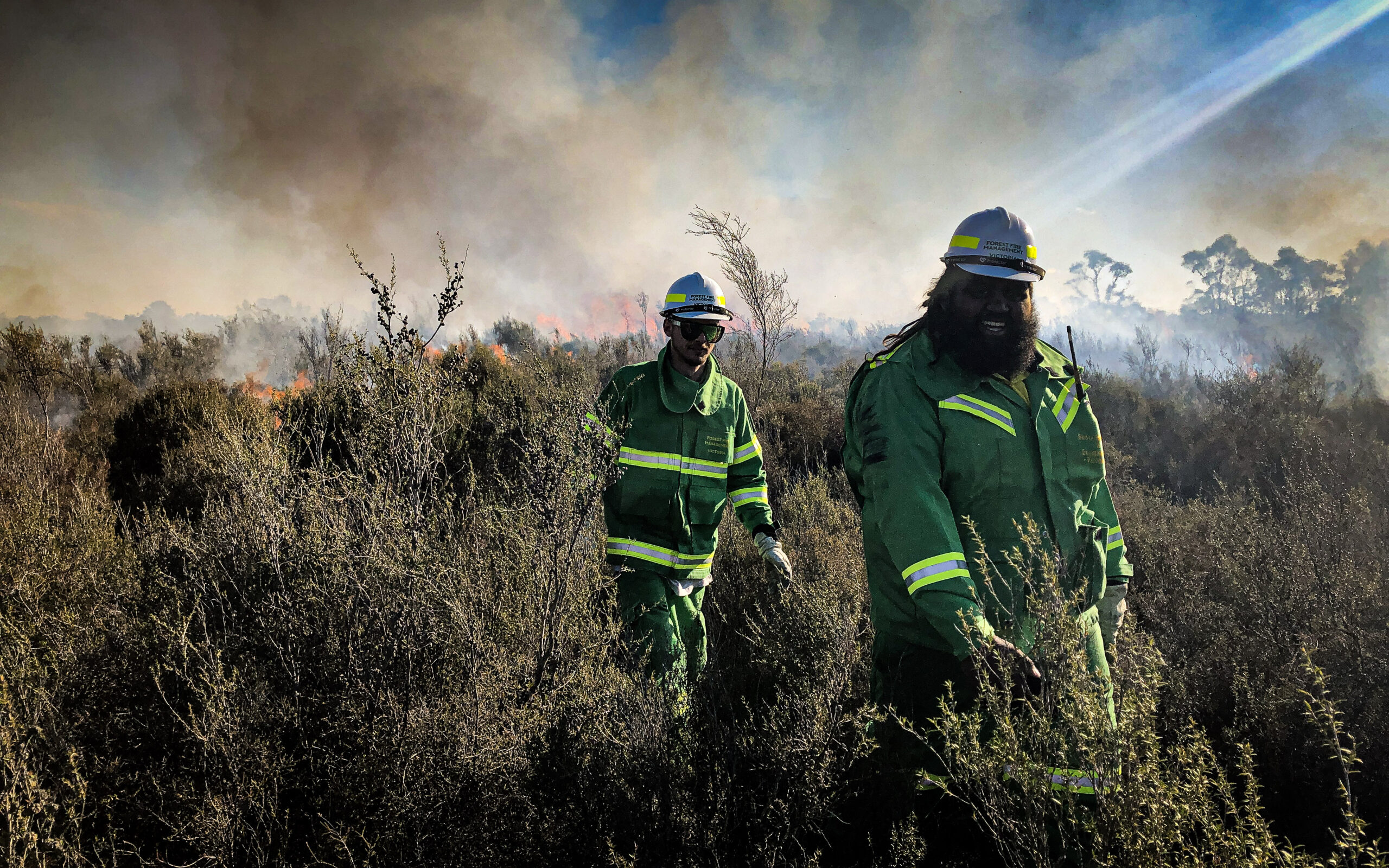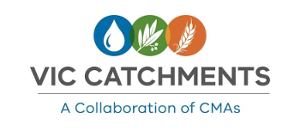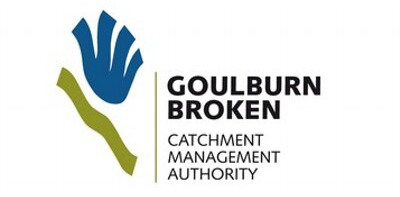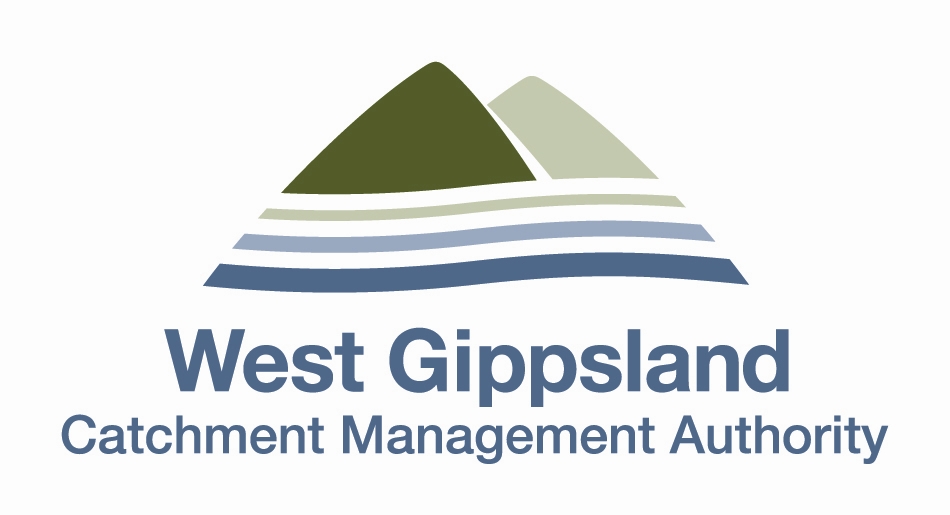Red-Tails of the Glenelg Plain – Traditional Owner Burning Practices
Location
Kentbruck Heath, on Gunditjmara Country
Outputs
- 48 ha of cultural fire management
- 1 Plan (Traditional Owner Burn Plan)
- 3 assessments (flora surveys)
Investment
Australian Government National Landcare Program – Regional Land Partnerships. Total project investment of $1.2M over 2019-2023
Partners
Gunditj Mirring Traditional Owners,
DEECA Forest Fire Management and
Parks Victoria
Regional strategies
Draft National Recovery Plan for the
South-eastern Red-tailed Black-cockatoo (2016), Glenelg Hopkins Regional Catchment Strategy 2021-27
The endangered South-eastern Redtailed Black Cockatoo from south-west Victoria and south-east South Australia has a highly specialised feeding habitat, which can be compromised where hazard reduction burning practices scorch the tree canopy. To address this, low intensity burns over the cooler months were trialled as a means to reduce fire fuel without impacting feeding habitat.
The endangered South-eastern Red-tailed Black Cockatoo occurs as a single, declining population in south-west Victoria and south-east South Australia. The species has a highly specialised feeding habit, limited to the fruit of Brown and Desert Stringybark in the Glenelg Hopkins region, and seasonally, Buloke in the Wimmera and in South Australia.
These food resources can be compromised through the practice of hazard reduction burning in instances where fire scorches the tree canopy. This can then inhibit production for up to ten years. In addition, Stringybark production is also influenced by the composition of the understorey vegetation community, which can also be influenced by the fire regime. Thus, hazard reduction burning has been considered a key threat to the species survival.
To address this, Gunditj Mirring Traditional Owners, DEECA Forest Fire Management and Parks Victoria, have been implementing low intensity burns over the cooler months of the year in known habitat of the South-eastern Red-tailed Black Cockatoo.
The Glenelg Hopkins CMA have been supporting the participation of Gunditj Mirring Traditional Owners in these burns, while also undertaking monitoring of vegetation responses to the burns, including examining changes in understory fuel composition, and prevalence of canopy scorch. Throughout the life of the project three burns were monitored on Gunditjmara Country in south-west Victoria.
Results from the monitoring indicated that the objective to reduce understory fuel composition, while having little impact on species composition or on sensitive feeding habitat of the South-eastern Red-tailed Black Cockatoo, was largely achieved. The burns were also patchy, leaving 12% to 30% of understory vegetation unburnt. Sites monitored were on a general trajectory towards their pre-burn composition two years post-burn.

Glenelg Hopkins CMA.









